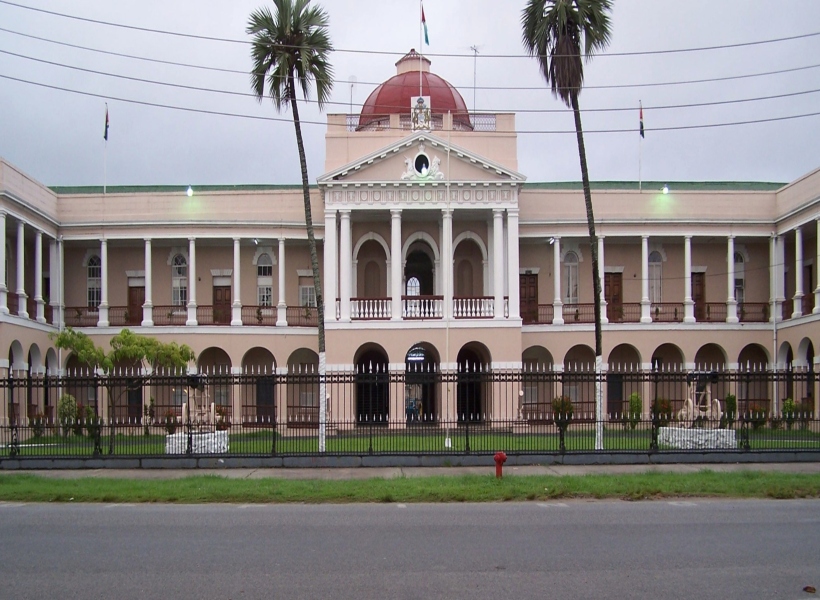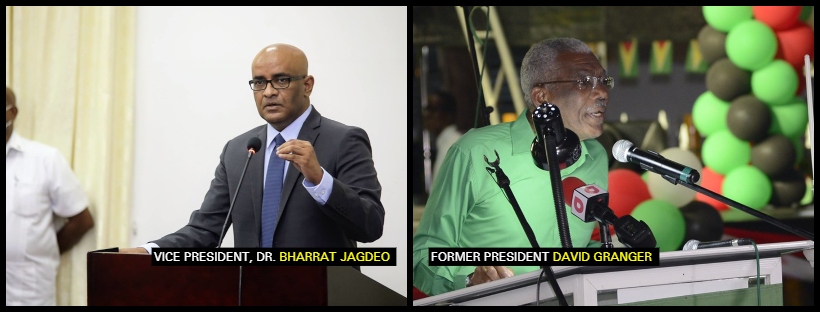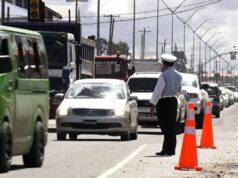By Suraj Narine
Guyana’s commitment under the Paris Agreement on Climate Change to become one hundred percent reliant on renewable energy by 2025 is impracticable. The country’s poor power-generating capabilities, coupled with the current unavailability of sufficient energy programmes, makes that promise made by former President David Granger at the inking of the Accord in 2016 unattainable. At least, this is what the country’s Vice President (VP), Bharrat Jagdeo, posited on Friday when he was asked if the Irfaan Ali-led government will be honouring Granger’s promise.
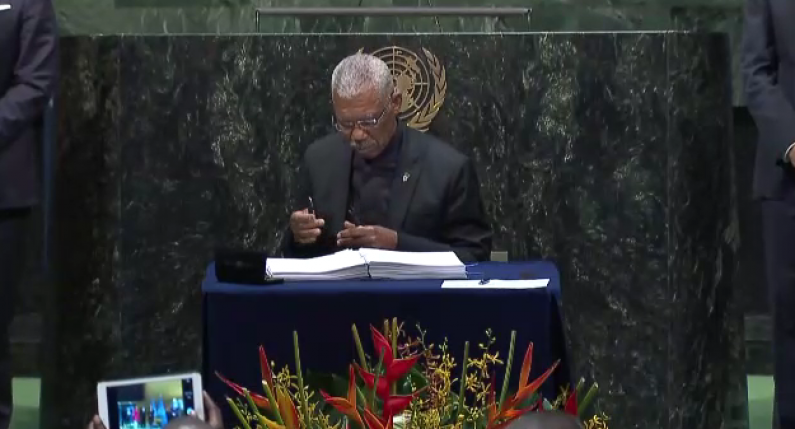
The Paris Agreement sets out a global framework to avoid dangerous climate change by limiting global warming to well below 2°C and pursuing efforts to limit it to 1.5°C. It also aims to strengthen countries’ ability to deal with the impacts of climate change and support them in their efforts. The Agreement was adopted at the Paris climate conference (COP21) in December 2015. The European Union (EU) and its Member States are among the close to 190 Parties signatory to the Agreement. The EU formally ratified the agreement on October 5, 2016, thus enabling its entry into force on November 4, 2016.
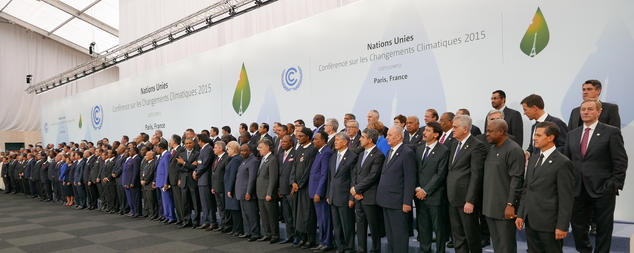
NO INTENTION
Jagdeo said that the People’s Progressive Party/Civic (PPP/C) government has no intention of accomplishing that objective, and therefore, that commitment has been disregarded. He noted that the priority for the government is to enhance the country’s generating capabilities to satisfy the increase in demand for power, which has spiked since the advent of the Oil and Gas sector.
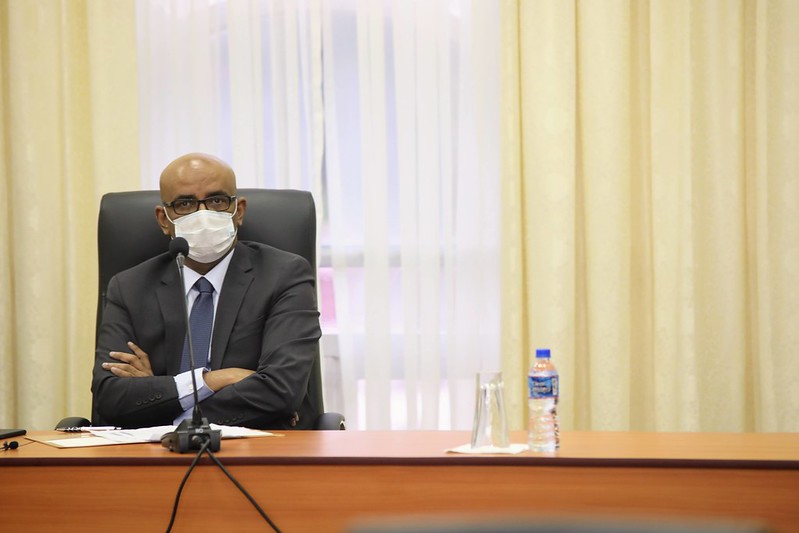
Further, he noted that while the commitment was made by the former President, no project was rolled out under the past Coalition government to support such an initiative.
“How can you agree to that and not do any project? It’s unbelievable. Right now, we just need power; whether its fossil fuel or anything. We just need some electricity in the system to just take care of our people. So, he made a commitment of that nature with no investment to support it,” the VP said at a news conference held at the Arthur Chung Convention Centre (ACCC), Liliendaal, East Coast Demerara.
However, contrary to Jagdeo’s claim, the former administration did construct a Solar Farm at Mabaruma in Region One to the tune of $227M. There were, however, numerous challenges after a thunderbolt fried a major component of the structure, rendering the system inoperable for several weeks. Also, the Coalition had announced plans to construct similar facilities in Regions Seven (Cuyuni/Mazaruni), Eight (Potaro/Siparuni) and 9 (Upper Takutu/Upper Essequibo) through an Inter-American Development Bank (IDB) funded $1.7B project.
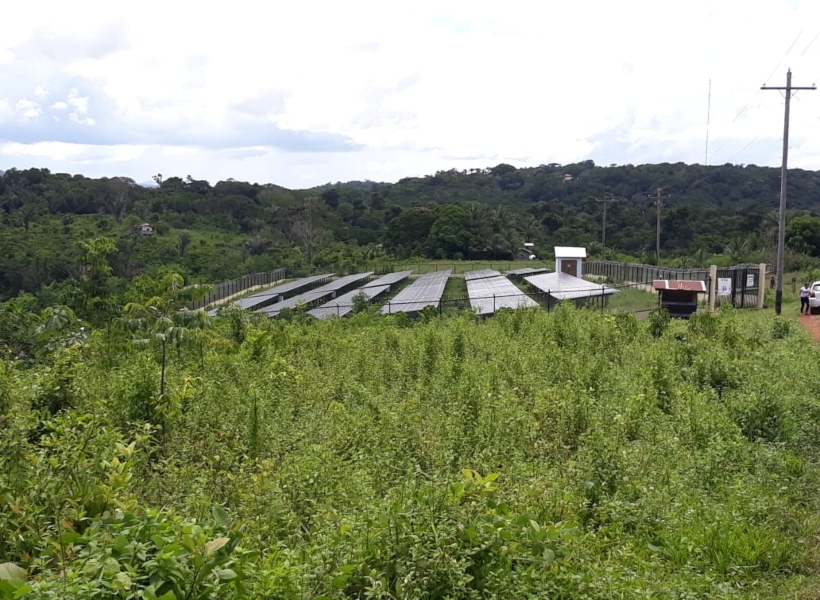
AMAILA FALLS PROJECT COULD HAVE MADE IT HAPPEN
Jagdeo opined that Granger’s commitment could have been realised if the Amaila Falls Hydropower Project (AFHP) was part of the equation. The AFHP is the keystone of Guyana’s Low Carbon Development Strategy, that was launched in 2009 by Jagdeo, when he was the Head of State. The project began facing challenges when the project developer, Blackstone Group’s Sithe Global pulled out in 2013 amidst controversy with claims of corruption and mismanagement on the part of the PPP/C regime.
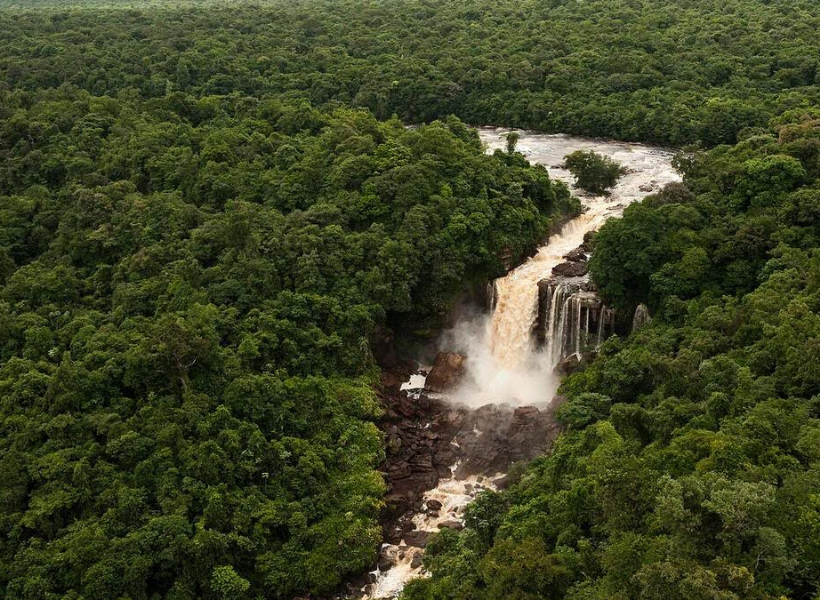
The project was eventually shelved when the Coalition, A Partnership for National Unity + Alliance for Change (APNU+AFC) took the reins of government in 2015. It claimed that the decision to ditch the project was made after an assessment found it to be unfeasible. The PPP/C since assuming office in August of this year, has signalled its intention to resuscitate the project, maintaining that the AFHP is still the most viable source of alternative energy for the country.
GRANGER’S COMMITMENT WAS FOR SHOW
Now that the AFHP is back on the PPP/C’s agenda, it still will not honour Granger’s commitment, Jagdeo said. He added that the promise made by Granger was never a requirement, and that his pledge to make Guyana green by 2025 was all a show.
“Even when we were going to build Amaila – and the project was far gone along when they killed it – we are still not going to make that commitment [a reality]. That’s not a requirement. That’s a voluntary commitment that he made. It’s just for show: to say that you have green credentials, but then when 2025 comes along and you can’t do it, people just think you’re wasting your time or their time,” he said.
The VP added that the commitment was made “without any regard for practicality”, and it would be impossible for the PPP/C to achieve that goal in five years.
Nevertheless, he expressed optimism that Guyana can still significantly reduce its carbon emission by incorporating alternative energy through the AFHP and other renewable energy initiatives.




